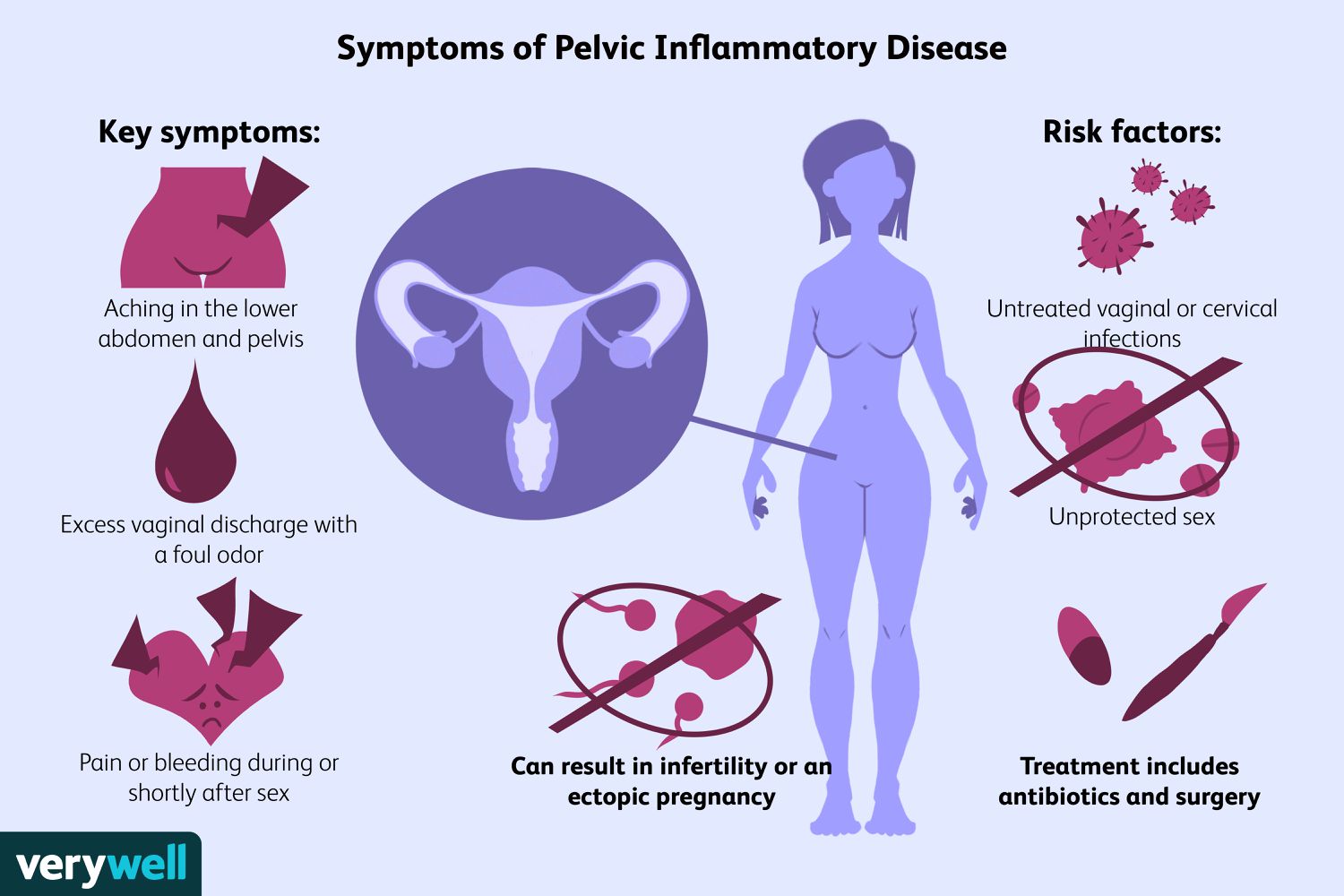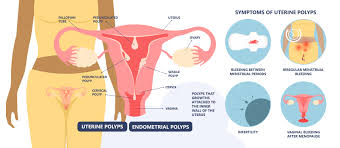Pelvic inflammatory disease
Most often, an infection that ascends from the lower genital tract causes pelvic inflammatory disease (PID). Either an acute or chronic form is possible. Pelvic peritonitis, oophoritis, tubo-ovarian abscess, endometritis, salpingitis, and parametritis are among the conditions it might induce. The actual frequency is unknown, however in the UK, 1.7% of women between the ages … Read more





